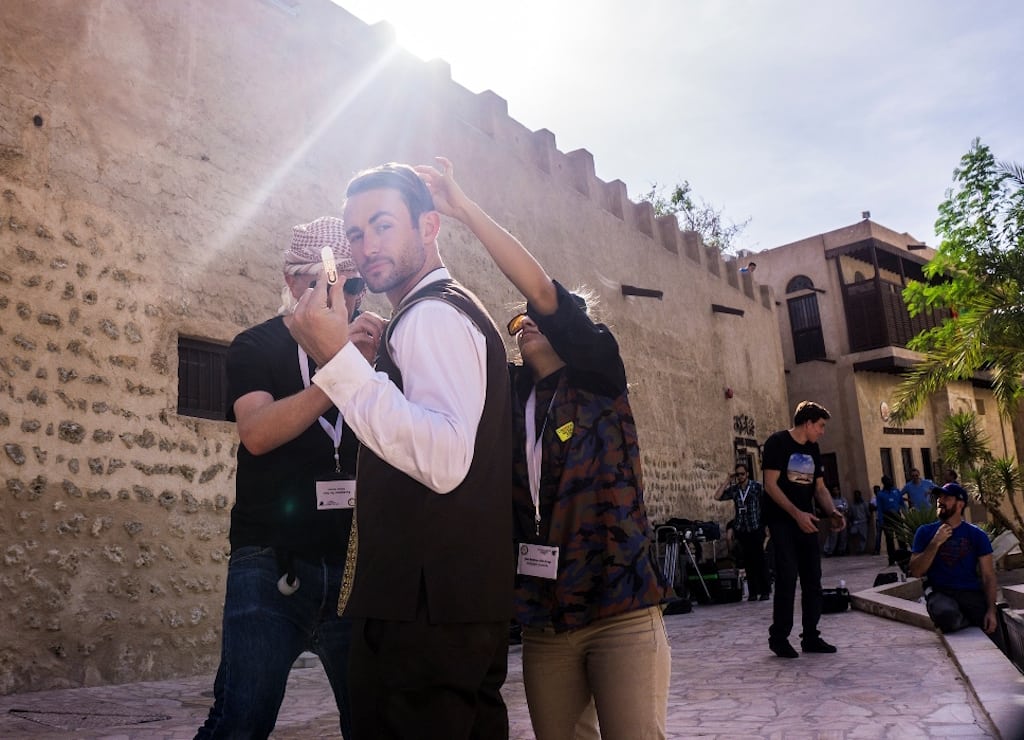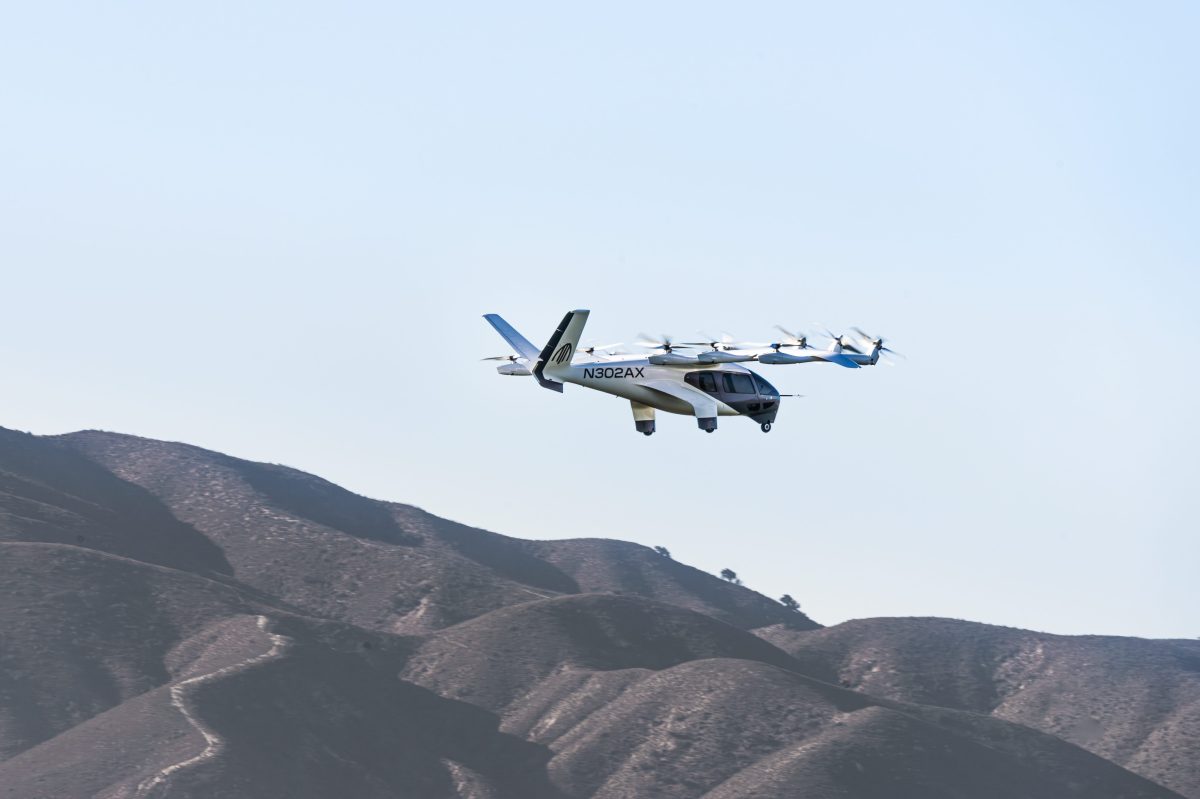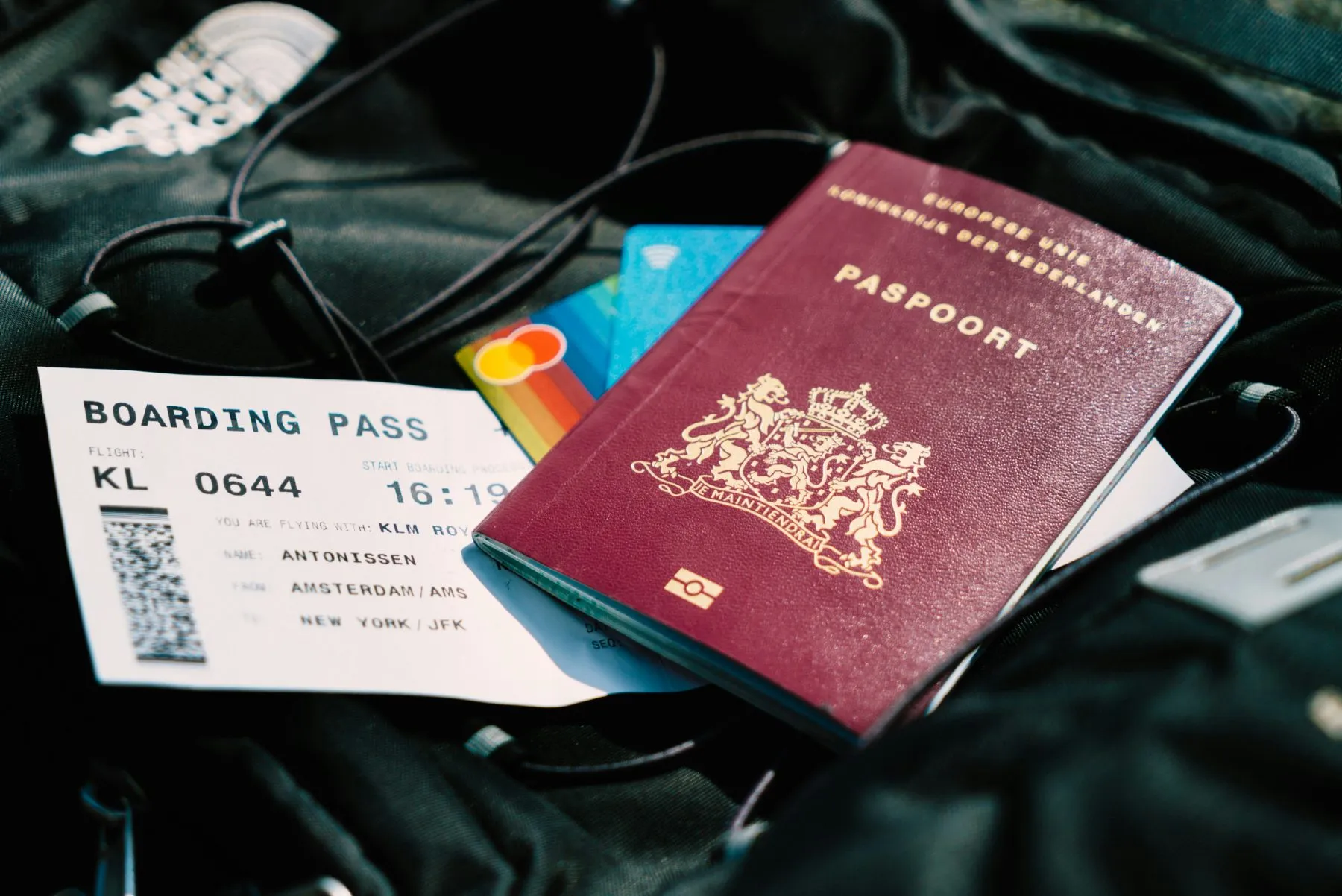YouTube Travel Videos Still Drive Inspiration for Trip-Planning Tourists

Skift Take
Take any content marketing campaign for a travel brand and chances are it was created for YouTube or at least hosted on the platform. There's a good reason for that, given some 100 million unique visits of the billions of YouTube visits each month are travelers.
Travel videos are some of the most viewed on YouTube, said Rob Torres, Google's industry director for travel, and the number of unique visits YouTube gets for travel related videos continues to increase.
Think longer-form videos from the past year such as Holland Marketing Alliance's "Holland: The Original Cool" or Marriott's "Two Bellman Two" 19-minute short film, the latter receiving nearly eight million views. But there's also the shorter, snappier clips such as Booking.com's "Jordan & Chelsea's Booking.com Wedding" and Disney Parks' "Star Wars Awakens Walt Disney World" with millions of views each.
Torres said video is increasingly ubiquitous with travel. "It's very rare now that you would see someone not go view a video when they're thinking about traveling," said Torres. "Maybe take out the business traveler, per se, but anyone else on leisure travel most likely is turning to video at some point in that process."
Mobile helps to grow this consumer behavior -- more YouTube videos are watched on mobile devices than desktop and the average YouTube viewing session on mobile is more than 40 minutes. "Arguably, in the travel sector, brands are just getting on board with that," said Torres. "Of course, they're thinking mobile first, but they're really thinking about mobile-only. That at some point in time this could be the only place that folks look at your content. That won't happen next year, but certainly we're moving to that time frame."
Mobile Video is a Two-Edged Sword
With the great power of mobile comes the great responsibility of creating content that aligns with consumers' viewing habits on devices, no easy task for brands.
This is even more critical for ads on YouTube and several travel ads resonated with travelers this year and raked up an impressive number of page views. "[Mobile] does have implications in terms of the importance of travel advertisers to be developing for that platform, and to make sure that they have mobile-enabled websites that have speed and capabilities of showing video content," said Torres.
Torres said he's also noticed more long-form travel videos publishing on YouTube during the past two years that have attracted significant levels of engagement from travelers.
But sometimes these longer videos aren't ideal for devices or travelers simply don't watch the entire clip. "A lot of times people believe that they're creating just depth of content," said Torres. "Sometimes, for the mobile device, that depth of content just slows down load speed, so it's really important to take advantage of looking at that. Looking at what are people actually looking for when they turn to a mobile device for content, versus a desktop."
As travelers up the amount of time they spend on YouTube, the number of minutes and seconds they spend watching each video has shrunk, said Torres. "The average time travelers spend on YouTube on mobile is 40 minutes, but the actual individual time watching each video, when you think about it, is much, much smaller," he said. "It's small, bite-size increments that we're watching and you need to consider that as you develop the content."
Ads vs. Content Marketing on YouTube
Skift recently looked at the most viewed YouTube videos for 2016 and found six of the top 10 videos are also TV ads.
Travelers are clearly entertained by some ads, or at least interested enough to not skip them or watch them again on a brand's YouTube channel, despite some brands' cries that travelers connect more with user-generated content or other content marketing campaigns than with straight advertising.
Travel brands such as Trivago and Kayak have been aggressive with their TV advertising which has translated to their TV ads making the rounds on YouTube and garnering millions of views on the platform.
Last year, Alphabet Inc., which owns YouTube, attributed it's record $75 billion in full-year 2015 revenue (a 13.6 percent increase over 2014) and revenue growth to mobile search, YouTube advertising and search advertising, although it did not break out numbers by sector.
YouTube videos on brands' channels that are part of marketing campaigns usually have marketing budgets behind them to promote them rather than travelers discovering them organically. "Usually when you see the big number of viewerships, there's been a marketing budget against that. It's not just all viral," said Torres.
Ads can be engaging, as Torres points out, and some are among the most viewed on YouTube this year. "I think there really is more of a blurred line there between ads and other kinds of content, but again the content has to be good, interesting," said Torres. "It has to educate, inform...We do find that people are willing to watch longer versions of ads on YouTube than the normal ad spots that you'd see on television."
Personalization on YouTube?
Personalization is still in early phases across the travel industry, but some brands have improved at retargeting travelers with relative YouTube content based on where they are in the booking funnel, Torres said. "Video content is becoming important whether you're upper funnel, just thinking about a trip, or your deep into planning, researching, and booking, or whether you've already decided and you're experiencing, you're turning to video."
Torres said he's seen more travel brands utilizing their data for YouTube in 2016 than in previous years "across the levels of intent, no matter where people are, which I think is definitely different and new to our travel advertisers and partners."
Competing Video Platforms
YouTube is no longer the only game in town for video and brands have more options for where to host and post video content, such as Discover Los Angeles' new campaign with Red Bull that features YouTube videos hosted on Red Bull's site. Though Torres argues YouTube is the platform to reach travelers serious about going somewhere.
Founded in 2005, YouTube has been the natural destination to find a video or watch content related to an upcoming trip for more than a decade although that could change at some point. "The intent is much different when you go to YouTube, in front of millions of users to watch, versus the clips that you get in some of these new platforms," said Torres. "We believe we really have the intent."
When they're looking at these videos the intent to travel is probably much higher than actually viewing a snippet on Snapchat or Facebook, he said. "Not that Facebook and Snapchat don't have a place in all this, because both are very important, but we believe the intent is different on those platforms."
Many of the original social media influencers got their start through YouTube channels, such as Simon and Martina and Fun For Louis, and continue to stay loyal to the platform while using other social channels to promote their videos.
Albeit, some brands complain about metrics and ROI for other social networks and YouTube is also part of that problem. A quick survey of some brands' channels shows a string of videos that only have a few hundred or thousand views and likely don't reach the entirety the audience they're intended for.
The Tourism Authority of Thailand, for example, told Skift that ROI "is really hard with YouTube" and that "YouTube hasn’t been highest for views and shares for us but we’re trying to build that out."
YouTube has rolled out a suite of new products for video this year as its competitors have done the same, such as 360-degree video which Thailand used in its latest campaign and a virtual reality mobile app. The ease of sharing and finding YouTube videos gives the platform an advantage over others focused on live video, for example, that might not turn up later and this is one of the company's distinct advantages to remaining a competitive platform for travel brands' video content marketing campaigns.




